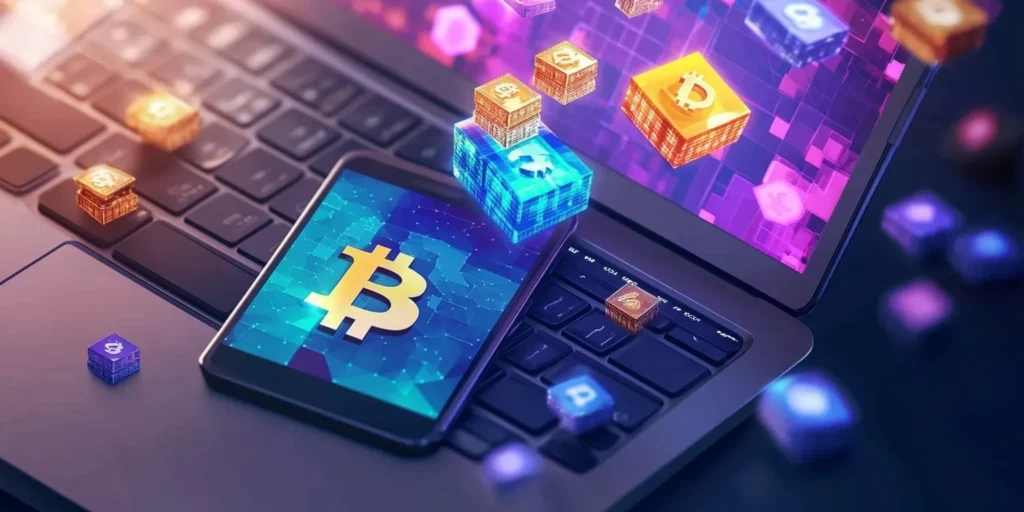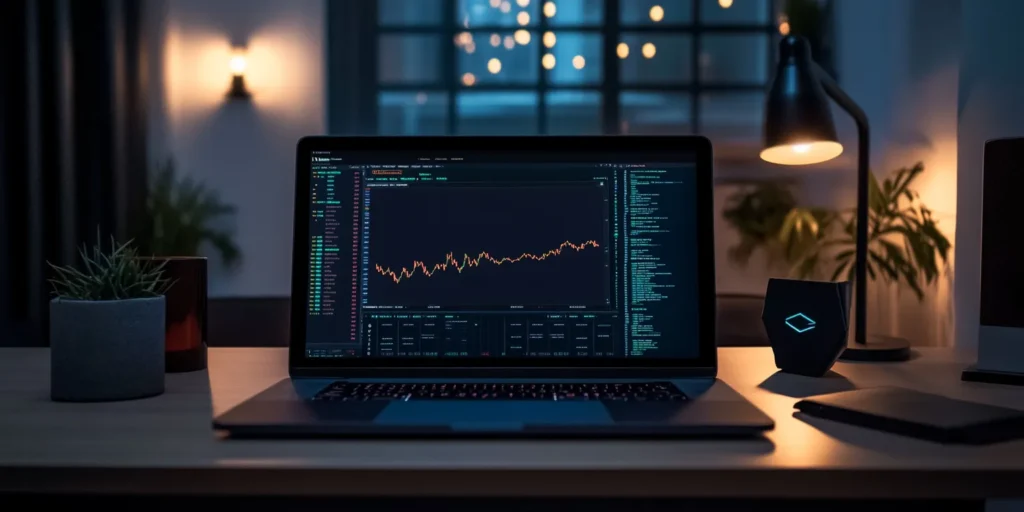Introduction
Trying to mine Bitcoins solo is like buying one lottery ticket and hoping for a jackpot. Technically, it can happen. Realistically? The odds are brutal. But for some miners, the challenge is the point. In this guide, we’ll break down what it takes to mine Bitcoins solo, what kind of setup you need, and whether it’s a dream worth chasing—or just burning electricity for nothing.
What is solo Bitcoin mining?
Solo mining means working alone—no pool, no shared rewards. You run a full Bitcoin node, connect it to your ASIC miner, and if you’re the first to solve a block, you win the entire reward. That includes the 3.125 BTC block subsidy plus all transaction fees.
The catch? You’re competing against global mining farms pushing out hundreds of thousands of terahashes per second. It’s like showing up to an F1 race on a bicycle—but if you win, you keep the trophy.
How solo mining works
Bitcoin mining is a guessing game. Your hardware crunches hashes to find the right number (nonce) that solves the next block. In solo mode, you’re not contributing to a pool—you’re competing directly.
To mine Bitcoins solo, you need:
- A synced Bitcoin node (e.g., Bitcoin Core)
- Mining software configured for solo mode
- One or more ASIC miners (preferably many)
- A stable internet connection and low electricity cost
Curious about how this compares to pooled setups? Check our full breakdown of best way to mine crypto.
What you need to mine Bitcoins solo
| Requirement | Description |
|---|---|
| Hardware | High-end ASICs (e.g., Antminer S21 Hydro @ 335 TH/s)—ideally multiple units |
| Full Node | Bitcoin Core with full blockchain synced |
| Internet | Stable, low-latency connection with high uptime |
| Electricity | Ultra-cheap power (under $0.04/kWh is ideal) |
| Software | Solo mining support (CGMiner, BFGMiner, etc.) |
Solo mining vs pool mining
| Feature | Solo Mining | Pool Mining |
|---|---|---|
| Rewards | Full block reward | Shared among participants |
| Payout frequency | Rare and unpredictable | Small but regular |
| Setup complexity | High | Medium |
| Hardware needs | Massive | Moderate |
| Best for | High-budget miners | Everyone else |
Is solo mining profitable?
For most people, not really. Unless you’re operating at datacenter scale with deeply discounted electricity, the odds are simply too low. Mining pools exist for a reason—they smooth out the randomness and provide steady income.
That said, there are exceptions. If you already have hardware, cheap energy, and want to try your luck, solo mining can be an interesting side quest. And if you’re determined to mine Bitcoins solo despite the odds, it’s not impossible—just unpredictable.
Who should actually try it
- Hobbyists who want full control over their setup
- Technical users exploring how mining works
- Decentralization advocates who want to avoid pools
- Educators or nonprofits running mining as an experiment
Mining solo isn’t always about profit—it can be about learning, testing, and contributing to the network independently. It’s not practical for most, but it’s not pointless either.
Risks and limitations
- No rewards unless you find a block—ever
- High hardware costs with long ROI timeline
- Advanced technical setup required
- No fallback if your miner fails
For a less risky path, consider pool mining or controlled alternatives like mine bitcoins in browser solutions.
Pros and cons of solo mining
| Pros | Cons |
|---|---|
| Full block rewards (no sharing) | Very low chances of success |
| Complete control over setup | High upfront investment |
| Zero reliance on third parties | Requires advanced technical knowledge |
| More rewarding experience (if successful) | No fallback in case of failure |
Are there better alternatives?
If solo mining feels out of reach, try these instead:
- Pool mining: Steady payouts and less risk
- Private pool: Small trusted group mining together
- Cloud mining: Rent hashpower (but be cautious)
- Node staking: For non-Bitcoin PoS chains
Still unsure where to start? Browse our vetted list of providers at crypto mining hosting.
Conclusion
To mine Bitcoins solo is to walk the loneliest path in crypto mining. The rewards are rare, the odds are slim, and the risks are high. But for the right person—someone who values sovereignty, learning, or the thrill of decentralization—it’s a worthy pursuit.
If you’re in it for quick profits, stick to a pool. But if you hit that solo block, you’ll earn more than Bitcoin—you’ll earn the kind of story most miners never get to tell. Because in the end, the reward isn’t just the Bitcoin. It’s the proof that you could do it—on your own.



